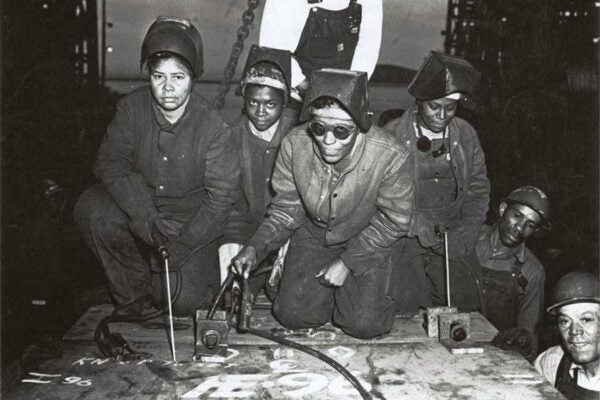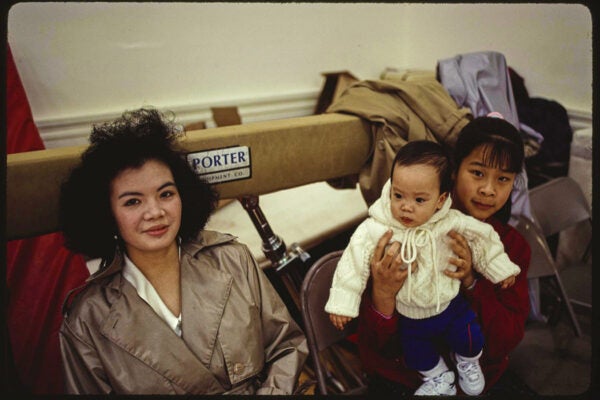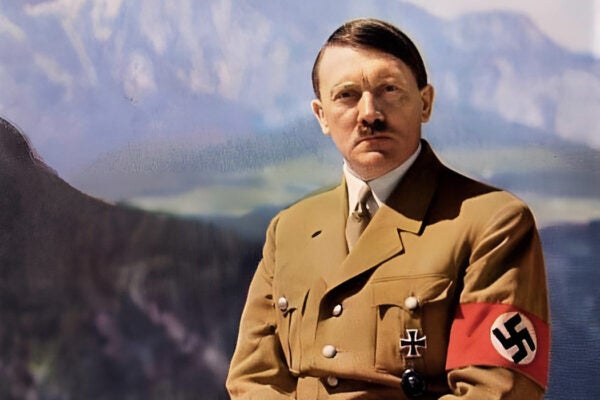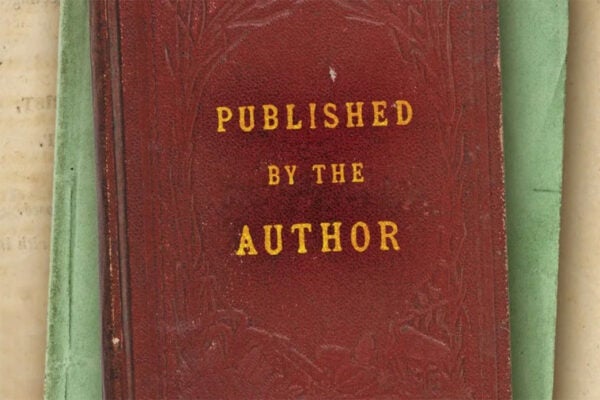Disease Forecasts, AI Goes Nuclear, and Daniel Dennett
Well-researched stories from Aeon, Hakai Magazine, and other great publications that bridge the gap between news and scholarship.
In the Shipyards of San Francisco
Photographer E. F. Joseph captured the dignity of the hundreds of Black women and men who worked on SS George Washington Carver during World War II.
It’s Tough Work Being a Temporary Santa
Playing the role of a shopping mall Santa comes with challenges familiar to any gig worker, but the performers also see the job as carrying special meaning.
Annotations: A Christmas Carol by Charles Dickens
Scrooge became as good a friend, as good a master, and as good a man, as the good old city knew, or any other good old city, town, or borough, in the good old world.
Merry Christmas from The World
Festive poems from Anne Waldman, Bernadette Mayer, Eileen Myles, Clark Coolidge, Alice Notley, Yuki Hartman, Wang Ping, and more.
The Devilish History of Devil’s Island
French Guiana’s Devil’s Island has witnessed some of humanity’s hardest moments, from the brutalities of slavery to the punishments of penal servitude.
Tapping Cultural Values Against Domestic Violence
Southeast Asian Americans navigated evolving cultural norms while building grassroots organizations to combat violence against women.
A Blind Beetle Named Hitler?
The case for changing offensive names of animals and plants, and how it can be done
Self-Publishing and the Black American Narrative
Bryan Sinche’s Published by the Author explores the resourcefulness of Black writers of the nineteenth century.
Mining for European Art
Advances in painting in early modern Europe were the product not just of artistic innovation but of changes in mining and manufacturing technology.









